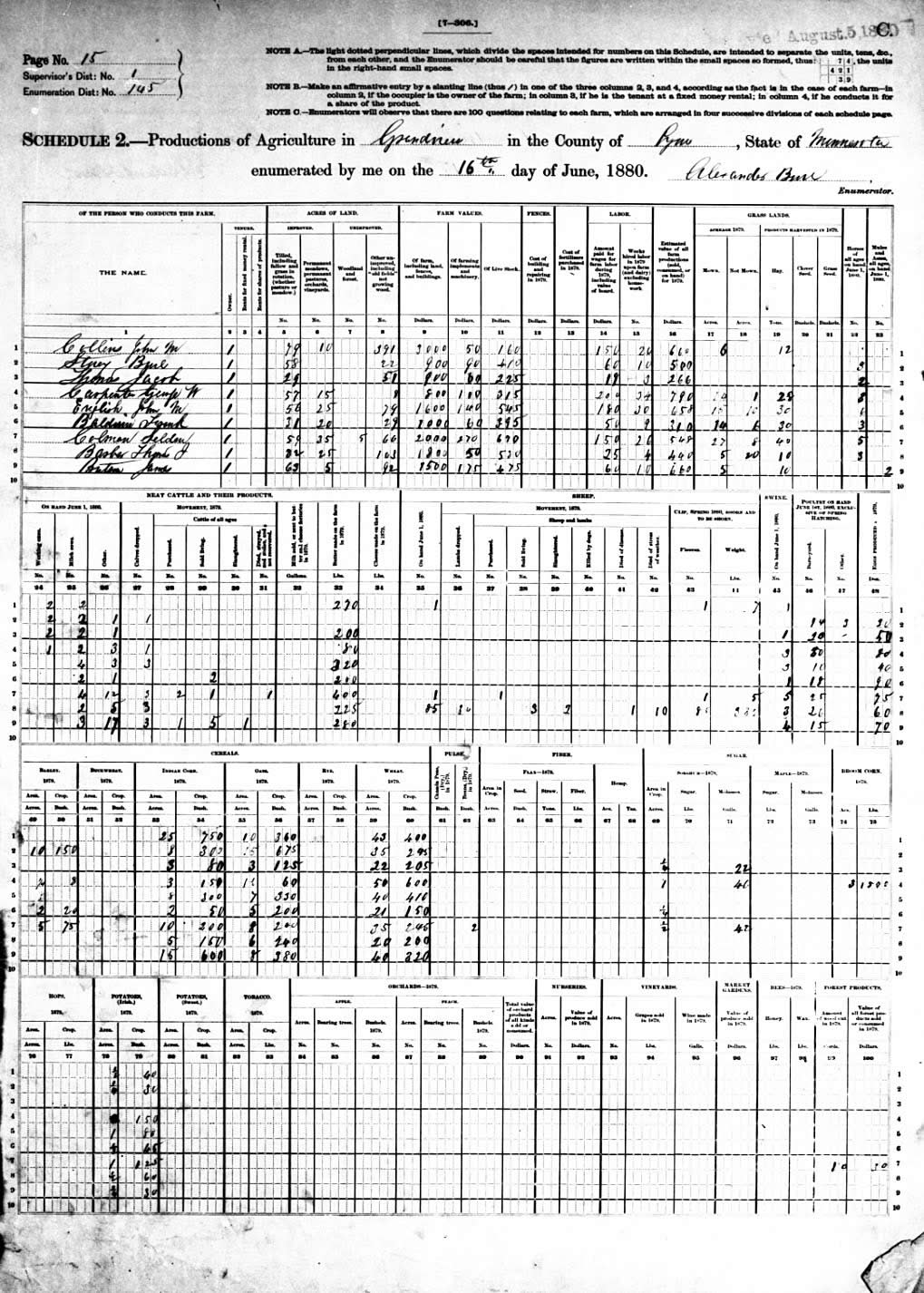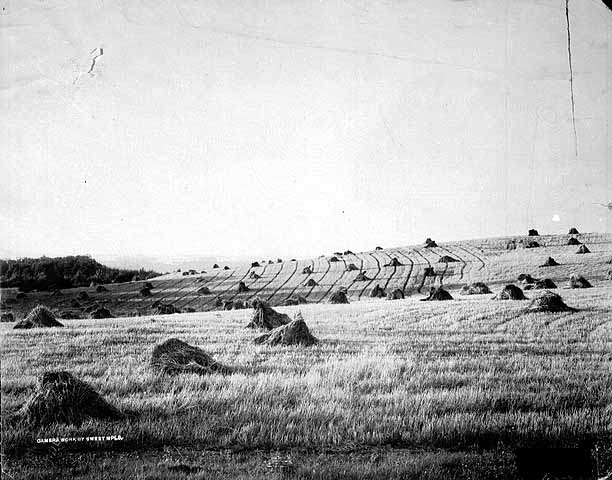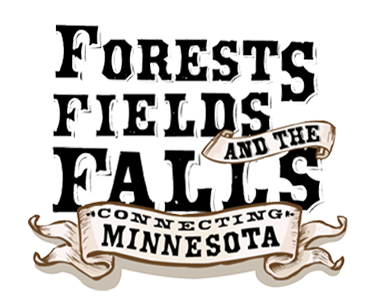Changes to the Farming Life
Record for the Carpenter Family in the 1880 U.S. Agricultural Census:

U.S. Census Office Nonpopulation Census Schedule 2. Grandview Township, Lyon County, Minnesota, 1880.
Minnesota Historical Society Library Collection, Microfilm Roll 6A, Frame 341.
NAME: Carpenter, George W.
TENURE: Owner
ACRES OF LAND.
- IMPROVED Tilled including fallow and grass in rotation (whether pasture or meadow): 57
- IMPROVED Permanent meadows, permanent pastures, orchards, vineyards: 15
- UNIMPROVED Woodland and forest: 0
- UNIMPROVED Other unimproved, including old fields not growing wood: 8
FARM VALUES (in dollars)
- farm, including land, fences, and buildings: $800
- farming implements and machinery: $100
- Live Stock: $315
FENCES
- Cost of building and repairing in 1879: 0
- Cost of fertilizers purchased in 1879:
LABOR
- Amount paid for wages for farm labor during 1879, including value of board: $200
- Weeks hired labor in 1879 upon farm (and dairy) excluding housework: 34
- Estimated value of all farm productions (sold, consumed, or on hand) for 1879: $790
GRASS LANDS
- Acerage 1879, Mown: 14
- Acerage 1879, Not Mown: 1
- Products Harvested in 1879:
- Hay: 28 tons
- Clover Seed: 0
- Grass Seed: 0
- Horses of all ages on hand June 1, 1880: 3
- Mules and Asses, all ages, on hand June 1, 1880: 0
NEAT CATTLE AND THEIR PRODUCTS
ON HAND JUNE 1, 1880
- Working oxen: 1
- Milch cows: 2
- Other: 3
MOVEMENT, 1879.
- Calves dropped: 1
- Cattle of all ages purchased: 0
- Cattle of all ages sold living: 0
- Cattle of all ages slaughtered: 0
- Cattle of all ages died, strayed, and stolen and not recovered: 0
- Milk sold, or sent to butter and cheese factories in 1879: 0
Butter made on the farm in 1879: 80 lbs
Cheese made on the farm in 1879: 0
SHEEP ON HAND JUNE 1, 1879: 0
SWINE ON HAND JUNE 1, 1879: 3
POULTRY ON HAND JUNE 1, 1879, EXCLUSIVE OF SPRING HATCHING
- Barn-yard: 30
- Other: 0
EGGS PRODUCED IN 1879: 80
CEREALS 1879
- Barley: 1/4 acre, 8 bushels
- Buckwheat: 0 acres
- Indian Corn: 3 acres, 150 bushels
- Oats: 1 1/2 acres, 69 bushels
- Rye: 0 acres
- Wheat: 50 acres, 600 bushels
PULSE: 0
FIBER: 0
SUGAR:
- Sorghum, 1879: 1 acre
- Sugar: 0 lbs.
- Molasses: 22 gallons
BROOM CORN 1879: 3 acres, 1500 Lbs.
HOPS, 1879: 0
POTATOES, (Irish) 1879: 2 acres, 150 bushels
POTATOES, (Sweet) 1879: 0
TOBACCO, 1879: 0
ORCHARDS, 1879: 0
NURSERIES 1879: 0
MARKET GARDENS: 0
BEES 1879: 0
FOREST PRODUCTS: 0
The Carpenter Farm: What They Have, What They Produce

Wheat in shocks near Fort Snelling.
Minnesota Historical Society Photograph Collection, Location no. SA4.52 p29
Until wheat became king in the 1870s, Minnesota farmers didn't generally expect to become rich off their crops. They grew food for their own family, feed for their livestock, and a few acres for cash. More often than not, the more traditionally women's products (such as butter and eggs) brought in the most money.
Once Minnesota's spring wheat came into demand with the boom of the flour milling industry in Minneapolis, farmers saw the chance to make more money than they had ever imagined. They shifted their fields to wheat for sale, with only small gardens for themselves, and began buying things they had always made themselves or never needed.

